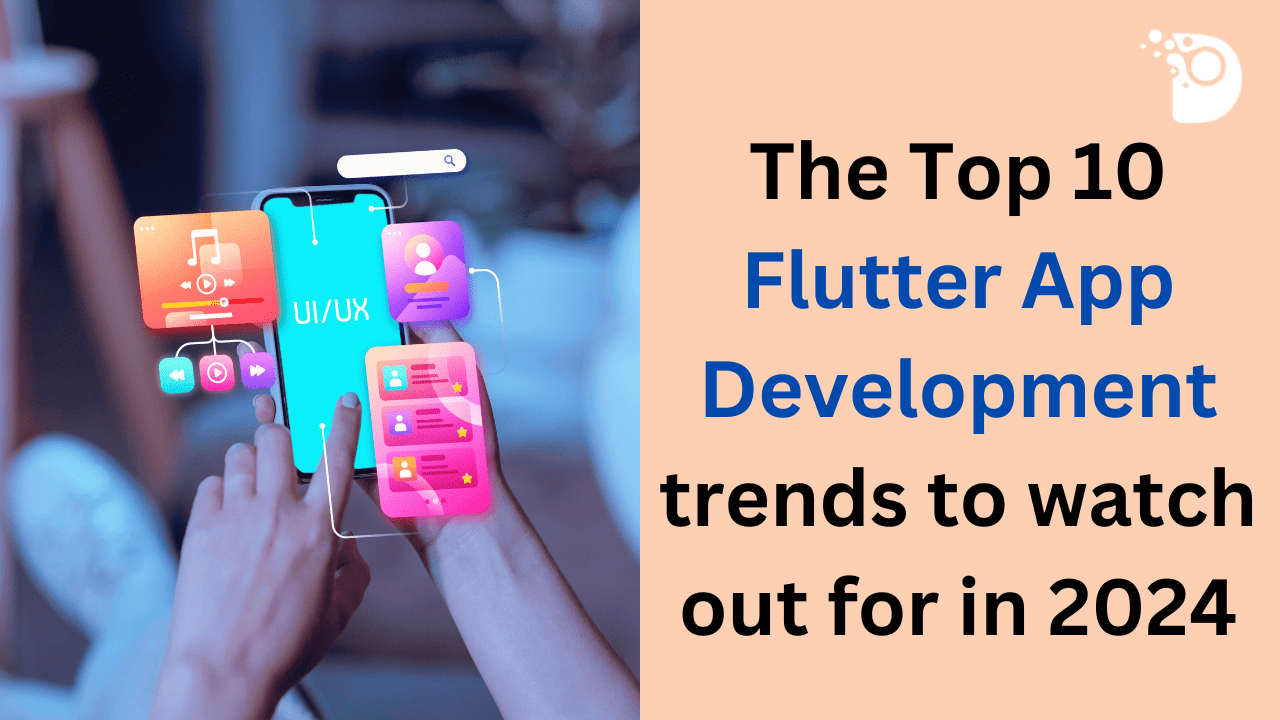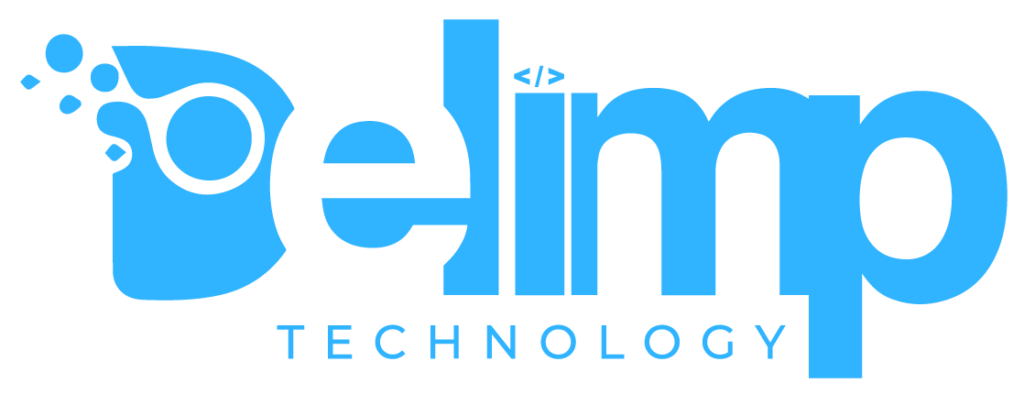As per the stack overflow survey, Flutter has emerged as one of the most powerful frameworks for cross-platform app development. It is Google’s UI toolkit for building native Android, iOS, MacOS, and Windows applications using a single codebase.
Features like hot reload, platform embedding, widgets, 2D mobile app support, easy learning curve, open source, and compatibility make this framework useful yet straightforward for Flutter app development. Moreover, it has advantages like a rapid development process, a pleasing UI, high performance, and cross-platform development that delights the developers. Due to its versatility and functionality, this framework continues to gain popularity among app developers.
In this article, we have curated ten Flutter app development trends that you might observe in the upcoming year. So, read along.
10 Flutter App Development Trends to Look Out for in 2024
The emerging technologies and practices that will have a significant influence on Flutter app development in 2024 are given below.
Flutter Web
Flutter Web enables the building of web applications like PWAs or SPAs and the production of existing mobile applications on the web. You can easily share your Dart code between mobile and web applications and strike more users with just a click of the URL in the web browser. You can also display your prototype quickly across various devices.
Flutter Desktop
Flutter Desktop is exclusively for creating superior desktop applications in which you have full access to the WIN 32, Cocoa, or UNIX platform API. With the scale desktop support, you can build performantly and reach large users across Windows, Mac, and Linux snap stores. Flutter Desktop is currently in alpha but will be fully functional in 2024.
Augmenting IOT
In 2024, we can expect the creation of an IOT-based app interacting with everyday home electrical appliances like microwaves, fridges, etc. The expansion of Flutter’s IOT capabilities will lead to the development of apps that can control smart devices, home automation systems, etc. A mobile app development company finds easier prototyping, high-efficiency IOT solutions, effortless deployment, and lower development costs while using Flutter.
Integrating UI/UX
The Flutter app development platform is continuously evolving with the introduction of new features, updates, and design guidelines. With recent advancements and developments, UI/UX designers can incorporate material design principles and create complex UI quickly using widgets. You can make responsive designs and provide accessibility and localization efficiently.
AI and ML
AI integration with Flutter is the ultimate future. AI can be integrated into Flutter apps and offer unique functionalities like natural language processing (NLP), machine learning (ML), computer vision (CV), etc. There are several benefits to using AI with Flutter, such as enhanced UI, increased productivity, innovative features, and improved security. Currently, the Flutter ecosystem is rich with AI frameworks, plugins, and packages to integrate AI functionalities.
Adding AR and VR
Appending AR to the Flutter apps allows users to overlay computer-generated impressions on top of real-world environments. AR is widely used in gaming, navigation, training, shopping, and education. Whereas VR enables users to interact with virtual environments in a more realistic and immersive way, with the help of VR in Flutter apps, users can enrapture themselves in other worlds, giving a grandstand experience that feels natural and intuitive.
Focusing on Wearable Technology
With the extension of its capabilities, Flutter app development has excellent potential for wearable app development as well. But, as of now, Flutter’s support for Watch OS and other platforms is limited. However, due to its cross-platform capabilities, rich sets of widgets for small screens, and faster development time, we will see a significant use of Flutter for wearable technology in 2024.
Animation Plus
The animation package of Flutter is used to implement animations and transition patterns efficiently. The intelligent use of animations by a mobile app development company makes the app look more lively and captivating. Flutter has affluent built-in support for new-age animation file formats to make customized animations.
On-Demand Applications
Flutter is widely being used to build on-demand applications. It offers appealing designs, rapid development, scalability, and a faster time to market the product. With a wide range of plugins, expressive UI, and Dart programming language, Flutter app development becomes seamless for on-demand applications.
Accessibility
Assuring apps are accessible to a wide range of users is an unavoidable part of app development for a digital transformation company. Flutter greatly supports developers in making their apps more accessible for Android, iOS, and the web. This leads to building high-quality apps with a focus on greater accessibility.
Conclusion
Flutter app development has several benefits for developers. It is fast, easy, scalable, and innovative, with rich features and packages. It may certainly bring a shift in the mobile app development arena. These were the ten Flutter app development trends to keep an eye on in 2024. Along with these, the Flutter community continues to gain momentum, and the developers expect inspiring knowledge and resources to enhance their skills.
Frequently Asked Questions (FAQs)
Q1. What is Flutter?
Ans. Flutter is an open-source UI software development toolkit created by Google. It is used to build natively compiled applications for mobile, web, and desktop from a single codebase.
Q2. Why is Flutter gaining popularity?
Ans. Flutter is gaining popularity because it allows developers to create high-quality, interactive user interfaces for multiple platforms using a single codebase. It offers a hot reload, expressive UI, and a rich set of pre-designed widgets.
Q3. Is Flutter suitable for small businesses and startups?
Ans. Yes, Flutter is suitable for small businesses and startups because it allows developers to create high-quality applications for multiple platforms without significantly increasing development costs. Its hot reload feature and extensive widget library also speed up the development process, making it an ideal choice for projects with limited resources and tight deadlines.
Q4. How does Flutter improve developer productivity?
Ans. Flutter improves developer productivity through its hot reload feature, which allows developers to see the changes they make in the code almost instantly in the running app. This rapid feedback loop significantly speeds up the development process. Additionally, the single codebase for multiple platforms reduces the time and effort required to maintain and update applications.
Q5. How can developers stay updated with the latest Flutter trends and updates?
Ans. Developers can stay updated with the latest Flutter trends and updates by following the official Flutter website (flutter.dev) and GitHub repository. Additionally, participating in Flutter communities, forums, and social media channels, attending Flutter events and conferences, and exploring online tutorials and courses can help developers stay informed about the latest advancements in the Flutter ecosystem.






